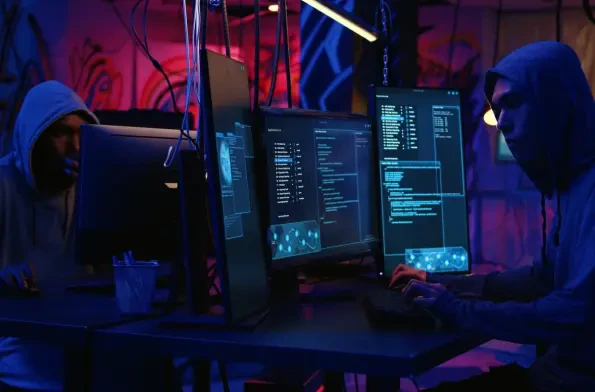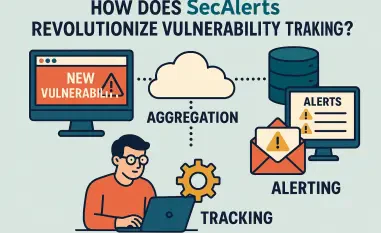In the increasingly complex world of cybersecurity, newly emerging specializations within cybercriminal networks are reshaping traditional threat models. This trend poses fundamental questions regarding the efficacy of existing threat models and the strategies needed to adapt. As specialized actors within cybercrime networks proliferate, they challenge the conventional frameworks and call for more advanced solutions to effectively counter these dynamic threats.
Transforming Cybercrime Landscape
Cybercrime has undergone significant transformation, moving from a landscape dominated by large, monolithic groups to specialized operators who excel in distinct phases of cyber-attacks. Historically, single entities managed end-to-end operations; however, the shift has resulted in compartmentalized roles, with groups specializing in specific techniques such as malware creation or ransomware deployment. This evolution signifies not just a change in tactics but also the necessity to reassess cybersecurity approaches, as specialized threats demand novel methods of analysis and defense.
Understanding this shift is crucial as cybersecurity practices must evolve to keep pace with the growing sophistication of cyber threat actors. As specialization becomes more prevalent, traditional models like the Kill Chain and the Diamond Model, which were designed to address holistic threats, are finding themselves inadequate. The need for research into these trends lies not just in recognizing new patterns of attack but in preparing defenses that are as nimble and adaptable as the threats themselves.
Exploring Methodology, Findings, and Implications
Methodology
To study the phenomenon of cybercrime specialization, researchers employed a diverse range of methodologies. Data was sourced from cybercrime incident databases and security firm reports, while analytical tools facilitated a detailed understanding of emerging attack patterns. Frameworks such as the enhanced Diamond Model were applied to map relationships and connections between threat actors, offering insights into the collaborative nature of specialized groups.
Findings
The study revealed a pronounced trend toward specialization. Cybercriminals increasingly rely on distinct groups offering dedicated services in various attack phases. Case studies, such as the ToyMaker-Cactus operation, illustrated the compartmentalization where separate entities collaborated within a single cyber operation, with one group securing initial access and another executing a ransomware attack. This pattern demonstrates the new level of complexity in cybercrime, emphasizing the necessity for enhanced detection and response capabilities.
Implications
These findings considerably impact threat modeling and cybersecurity strategies. The complexity introduced by specialization necessitates a shift in industry practices, urging the adoption of more sophisticated models that account for interconnected roles of cybercriminals. Organizations may need to update policy considerations to address these evolving threats, using advanced analytics and AI to capture the intricate dynamics of specialized cyber operations.
Reflection and Future Avenues
Reflection
Conducting research in the fluid landscape of cybercrime specialization presented its own challenges. Researchers faced several hurdles, including limitations in available data and the rapidly evolving tactics of cybercriminals. These difficulties highlighted the need for adaptive research methodologies that can contend with the shifting nature of cyber threats, providing a groundwork for expanding the scope of studies to include more granular analyses and broader data sources.
Future Directions
Future research is poised to delve deeper into the intricacies of specialized cyber threats. Developing advanced threat models is imperative, with an emphasis on utilizing artificial intelligence to detect and forecast potential threats. Moreover, continued exploration of the impacts of specialization will refine our understanding of cybersecurity, ensuring robust defenses against increasingly segmented and sophisticated cyber-attacks.
Synthesis and Moving Forward
The research culminates in a profound understanding that cybercrime specialization is not merely a passing trend but a significant transformation of the threat landscape. Traditional threat models may be outdated, facing the challenge of keeping pace with the complex web of roles and relationships within cybercriminal networks. These changes necessitate a reevaluation of strategies to combat sophisticated, specialized threats effectively. Looking ahead, the emphasis is on evolving threat models and incorporating innovative technologies that bolster prediction, prevention, and rapid response to pervasive cyber threats. Cybersecurity must remain adaptive in the face of a continuously evolving digital battlefield, ensuring defenses are prepared for the specialized threats that define the modern cybercrime era.













